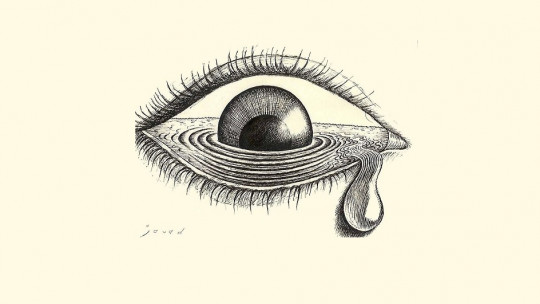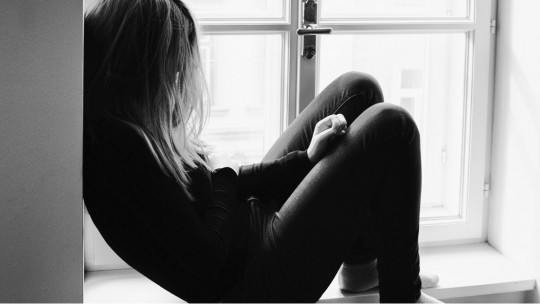Some time ago, in clinical practice, I saw a number of clients prone to crying. Crying in therapy is not uncommon, and it has to do with the emotional implications of the content and memories being worked on. But other patients showed more resistance to crying ; These cases can be a challenge for many therapists.
What happens when a patient is resistant to crying and does not cry?
crying is an emotional and physical expression at the brain level related to a large amount of neurotransmitters and hormones that perform a relaxation function.
Within the psychological community there is a saying that “If a patient cries, he is healing”, and from some psychological currents, this could have a certain truth. But when a patient is resistant to crying, many therapists make the mistake of searching the depths of the patient’s life to release their suffering through crying. This is counterproductive, because insisting that the patient must cry could cause conflict in the therapeutic relationship because our objective as psychologists is not for the patient to “cry”, but rather to solve the conflict that they present to us, although crying is another part of the path to solving that objective, in some cases.
The recommendation is to let the patients take their own pace and the therapeutic bond is built block by block. Work on patience and unconditional acceptance It is a good key to achieving successful treatment in these patients.
The resistant patient cries in session. What does it mean?
Here are some of the implications of a patient crying in therapy.
1. Acceptance of suffering
Many of the patients who present for consultation are in deep denial of their conflicts, both internal and external, and are reluctant to remove the blindfold. When the patient manages to adopt a new approach, this can be an explosion of new emotions and behaviors that could terrify him. At this point everything will depend on the therapist and his work methodology.
2. Acceptance of the therapist
Some patients go through several sessions without delving into their conflicts, as they seem to test the therapist’s ethics. It is normal that at the beginning of therapy they may not be confident enough to show their weaker and more fragile side; therefore, when the patient gives in to tears, this is a sign of trust and it is positive to create a strong therapeutic bond.
3. Possible depression or associated diagnoses
In some cases there are patients who appear “Atypical”, since They manifest depressive symptoms but there is no sadness, crying, etc We would be facing an atypical case and not a resistance to conventional crying. It is important to evaluate thoroughly to rule out a diagnosis of any psychological disorder. In these cases, the ideal is to refer to a clinical specialist or to the psychiatric area if the case is serious.
4. Disruption of beliefs
As a short anecdote, I had the experience of treating several patients who resisted crying because among their beliefs were some such as: “crying is something for little women”, “crying is a sign of weakness” and in the worst case “Crying is for homosexuals.”
In the consultation it is common to encounter these types of patients who have grown up in a sexist culture Therefore, you must work on patience and work with “tweezers” on those beliefs. When these beliefs begin to become dubious and unadaptive for psychic health, then tears are likely to begin to flow.
A sign that the therapist is doing well
When patients give in to tears after so much psychotherapeutic work, it is undoubtedly a good sign. In these cases, the therapist is on the right track. Following the pace of change of patients is not at all an easy job, it is hard and exhausting, but rewarding. Taking care of your emotional health is essential.









